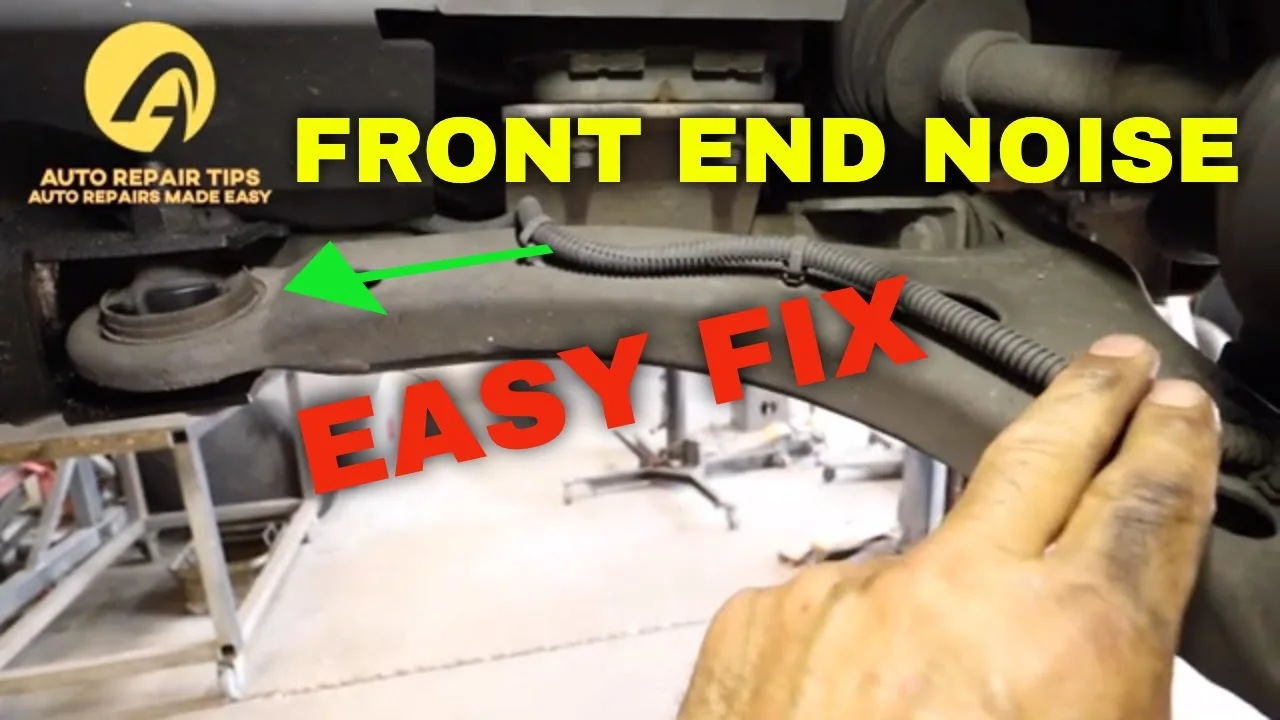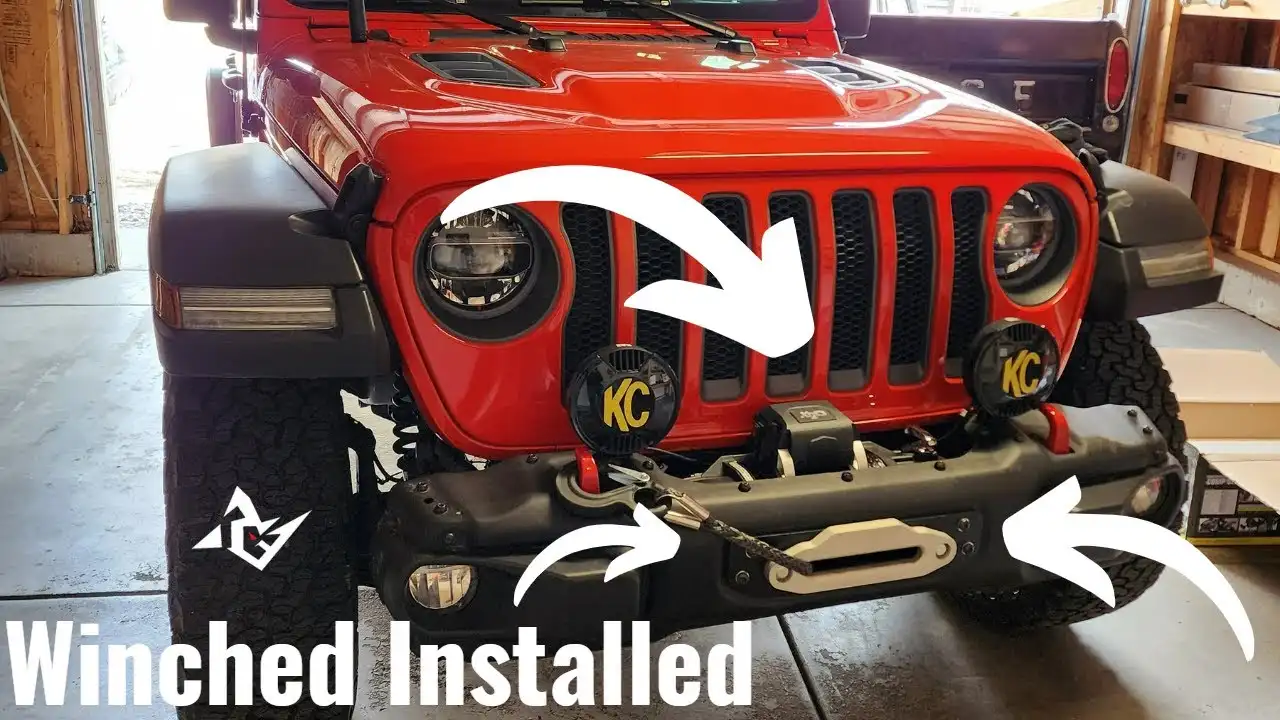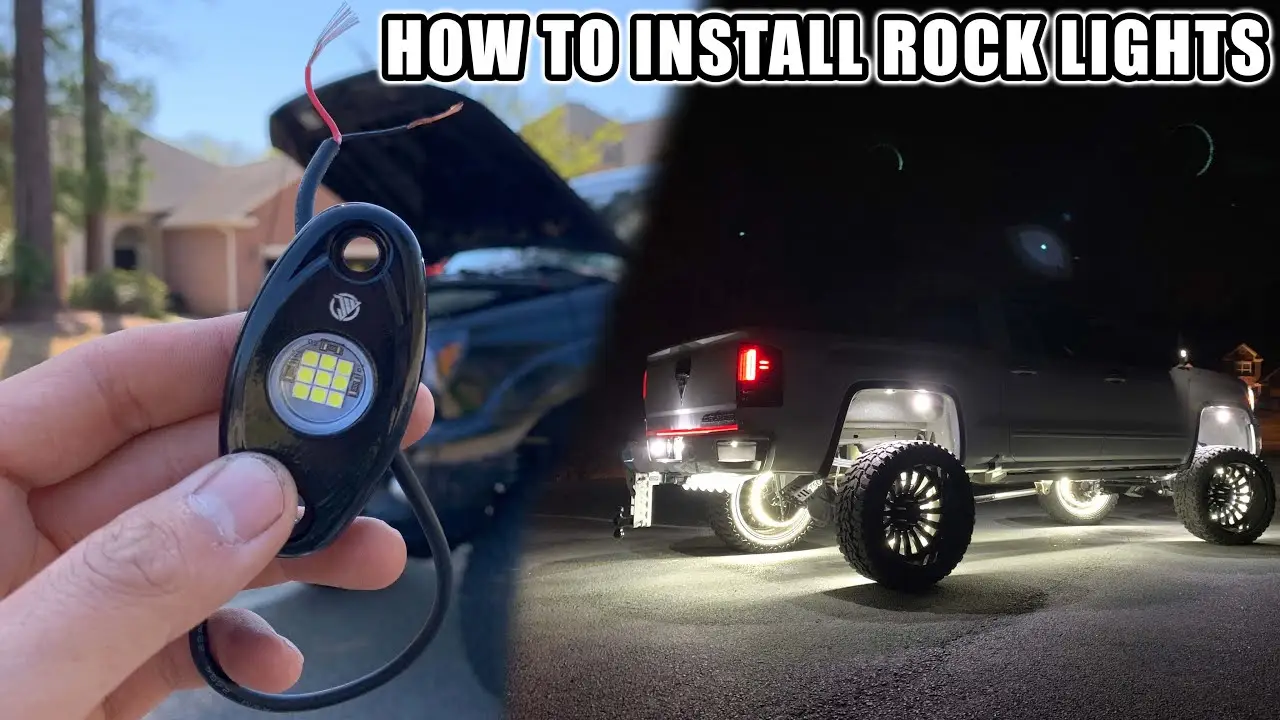Best Air Suspension Kits for Off-Road: Pros & Cons

Air suspension kits offer adjustable ride height and improved comfort. Explore the pros and cons of air suspension for off-road vehicles. Discover if air suspension is the right choice for your needs. Enhance your off-road experience with our detailed analysis.
What is Air Suspension and How Does it Work for Off Roading
Okay, let's dive into air suspension. Instead of traditional coil springs or leaf springs, air suspension uses air-filled bags to support your vehicle's weight. An air compressor pumps air into these bags, and the amount of air determines the ride height and stiffness. This gives you a lot of flexibility, especially when you're hitting the trails.
Here’s the basic rundown:
- Air Springs (or Air Bags): These are the heart of the system. They replace your standard springs.
- Air Compressor: Pumps air into the springs. Some are small and slow, others are beefy and can adjust quickly.
- Air Lines: Tubes that carry the air from the compressor to the springs.
- Height Sensors: Tell the system how high or low the vehicle is. This helps maintain a consistent ride height, even with varying loads.
- Control Module: The brain of the operation. It takes input from the height sensors and controls the compressor and valves to adjust the air pressure in the springs. Many aftermarket systems have user-adjustable settings.
For off-roading, this translates to the ability to raise your vehicle for better ground clearance when you need it, and then lower it for better stability on the road. Pretty slick, right?
The Pros of Air Suspension for Off Road Vehicles Performance
Let's talk about why you might actually want air suspension for your off-road rig. There are some serious advantages:
- Adjustable Ride Height: This is the biggest one. Stuck on a rock? Pump up the suspension and get over it. Need to fit into a low parking garage? Drop it down. It's super versatile.
- Improved Ride Quality: Air suspension can often provide a smoother ride than traditional springs, especially on rough terrain. The air bags can absorb bumps and vibrations more effectively.
- Load Leveling: Hauling a bunch of gear for an overlanding trip? Air suspension will keep your vehicle level, preventing saggy rear ends and maintaining proper handling.
- On-the-Fly Adjustments: Many systems allow you to adjust the suspension height while you're driving, which can be a lifesaver when you encounter unexpected obstacles.
- Cool Factor: Let's be honest, it looks pretty awesome to be able to raise and lower your vehicle with the touch of a button.
The Cons of Air Suspension Kits for Off Road Vehicles Reliability and Maintenance
Now for the downsides. Air suspension isn't all sunshine and rainbows. Here's what you need to consider before making the switch:
- Complexity: Air suspension systems are more complex than traditional springs, which means there are more things that can go wrong.
- Cost: Air suspension kits are generally more expensive than traditional lift kits. Installation can also be pricier.
- Reliability: Air lines can leak, compressors can fail, and sensors can malfunction. This is especially true in harsh off-road environments.
- Maintenance: You'll need to keep an eye on the system and perform regular maintenance, such as checking for leaks and replacing air filters.
- Vulnerability: Air lines and other components can be vulnerable to damage from rocks and debris, especially if they're not properly protected.
Specific Air Suspension Kit Recommendations for Off Roading
Alright, let’s get into some specific products. These are some popular and well-regarded air suspension kits for off-road use, along with their pros, cons, and approximate prices:
AccuAir e-Level+ Air Management Package Air Suspension Systems
Description: AccuAir is a top-tier brand known for its sophisticated air management systems. The e-Level+ system uses advanced sensors and algorithms to automatically maintain your desired ride height, even when the terrain changes. It offers precise control and a smooth, comfortable ride.
Pros:
- Highly accurate and responsive
- User-friendly interface
- Preset ride height settings
- Self-leveling capabilities
Cons:
- Very expensive
- Complex installation
- Requires professional tuning for optimal performance
Typical Uses: Serious off-roaders who want the ultimate in control and comfort. Overlanding vehicles where load leveling is critical.
Price Range: $3,000 - $6,000+ (depending on vehicle and options)
Air Lift Performance 3H System Air Suspension Kits
Description: Air Lift Performance is another well-respected brand that offers a range of air suspension kits. The 3H system allows you to control your ride height via a digital controller or a mobile app. It's a good balance of performance and affordability.
Pros:
- Relatively easy to install
- Good value for the money
- Digital control with preset heights
- Available for a wide range of vehicles
Cons:
- Not as precise as AccuAir
- Compressor can be noisy
- Requires some tuning for optimal off-road performance
Typical Uses: Enthusiasts who want a good combination of performance and affordability. Daily drivers that also see some off-road use.
Price Range: $2,000 - $4,000
SURETRAC Suspension
Description: SURETRAC Suspension is a good quality product, and the price point is amazing. This is a great entry point into the air suspension world.
Pros:
- Easy to install
- Great value for the money
- Digital control with preset heights
- Available for a wide range of vehicles
Cons:
- Not as precise as AccuAir or Air Lift Performance
- Compressor can be noisy
- Requires some tuning for optimal off-road performance
Typical Uses: Enthusiasts who want to get into the air suspension world at an affordable price point.
Price Range: $1,000 - $3,000
Basic Air Bag Helper Kits (e.g., Air Lift 1000, Firestone Ride-Rite)
Description: These aren't full air suspension systems, but rather air bags that you install inside your existing coil springs or between your leaf springs and the frame. They're designed to provide extra support and load leveling when you're carrying heavy loads.
Pros:
- Very affordable
- Easy to install
- Provide extra support for heavy loads
Cons:
- Don't offer the same level of adjustability as full air suspension systems
- Don't improve ride quality as much as full systems
- Not ideal for serious off-roading
Typical Uses: Trucks and SUVs that are frequently used for towing or hauling heavy loads. Overlanding vehicles where load leveling is a priority.
Price Range: $200 - $500
Air Suspension Kits vs Traditional Suspension for Off Roading: A Comparison
So, how does air suspension stack up against traditional suspension setups (like coil springs and leaf springs) in the off-road world?
Air Suspension:
- Pros: Adjustable ride height, improved ride quality, load leveling.
- Cons: More complex, more expensive, potentially less reliable, requires more maintenance.
Traditional Suspension:
- Pros: Simpler, more affordable, generally more reliable, less maintenance.
- Cons: Fixed ride height, can be harsh on rough terrain, doesn't offer load leveling.
The Verdict: Air suspension can be a great option for off-roaders who want maximum versatility and comfort, but it's not for everyone. If you're on a tight budget or you prioritize reliability above all else, a traditional suspension setup might be a better choice.
Things to Consider Before Buying Air Suspension Air Compressor and Air Tank Size
Before you pull the trigger on an air suspension kit, here are a few things to keep in mind:
- Your Budget: Air suspension kits can range from a few hundred dollars to several thousand dollars. Set a budget and stick to it.
- Your Driving Style: If you're a hardcore rock crawler, you'll need a more robust and reliable system than someone who just does occasional trail riding.
- Your Vehicle: Not all air suspension kits are created equal. Make sure you choose a kit that's specifically designed for your vehicle.
- Installation: Are you comfortable installing the kit yourself, or will you need to hire a professional? Installation costs can add a significant amount to the overall price.
- Maintenance: Be prepared to perform regular maintenance on your air suspension system. This includes checking for leaks, replacing air filters, and inspecting the air lines.
Air Suspension Systems and Off Roading: Is it Right for You
Ultimately, the decision of whether or not to install air suspension on your off-road vehicle is a personal one. Weigh the pros and cons carefully, consider your budget and driving style, and do your research before making a purchase. If you do it right, air suspension can transform your off-road experience.
:max_bytes(150000):strip_icc()/277019-baked-pork-chops-with-cream-of-mushroom-soup-DDMFS-beauty-4x3-BG-7505-5762b731cf30447d9cbbbbbf387beafa.jpg)






